Deep within the emerald canopies of forests worldwide, some of the most remarkable predators on Earth conduct their lives largely unseen by human eyes. Forest raptors, with their specialized hunting adaptations and secretive behaviors, represent nature’s perfect blend of power and stealth. Unlike their cousins who soar prominently above open landscapes, these woodland hunters prefer the shadows, making them some of the most elusive birds of prey. Their presence, while often overlooked, plays a crucial role in maintaining healthy forest ecosystems. This article explores five extraordinary forest raptors that rarely reveal themselves to human observers but are vital components of woodland communities worldwide. Their stories remind us that forests harbor secret lives beyond our immediate perception—powerful predators whose influence extends throughout their habitats despite their phantom-like existence.
The Northern Goshawk: Shadow Hunter of Mature Forests
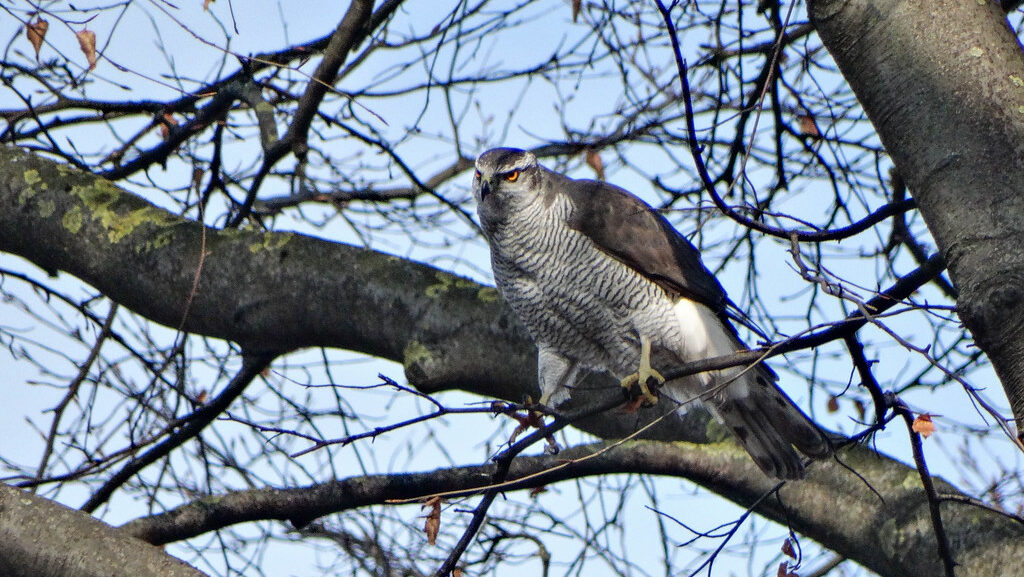
The Northern Goshawk (Accipiter gentilis) represents the epitome of forest stealth, earning its reputation as the phantom of northern woodlands across North America, Europe, and Asia. With its slate-gray back, finely barred white underparts, and piercing red eyes, this powerful accipiter moves through dense forest with astonishing agility, capable of high-speed pursuits through tight spaces that would foil other birds of prey. Larger than Cooper’s hawks but sharing the same distinctive accipiter silhouette of short, rounded wings and a long tail, goshawks remain some of the most difficult raptors to observe in the wild. Their secretive nature intensifies during breeding season when pairs become fiercely territorial, sometimes diving at human intruders who venture too close to their nesting sites. Researchers studying these birds often report that goshawks may be present in a forest for years without being detected by even experienced birders, revealing themselves only through occasional glimpses or their distinctive “ki-ki-ki” alarm calls.
Harpy Eagle: Apex Predator of Neotropical Rainforests
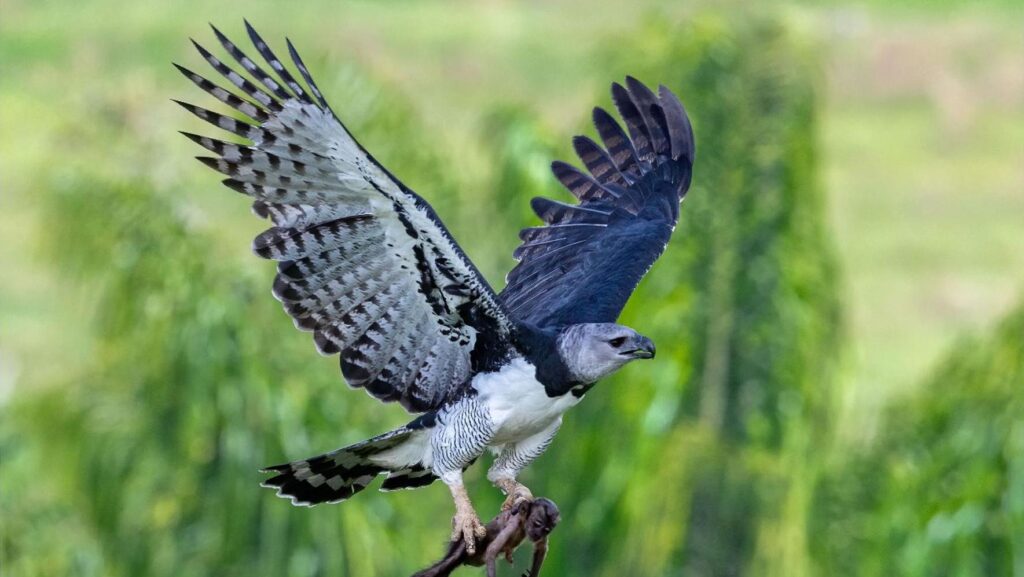
The Harpy Eagle (Harpia harpyja) reigns as perhaps the most powerful eagle in the world, yet remains among the least frequently observed raptors due to its remote rainforest habitat and declining numbers. With massive talons larger than grizzly bear claws and a wingspan reaching up to seven feet, this magnificent bird possesses the strength to pluck monkeys and sloths directly from the rainforest canopy. The Harpy’s distinctive appearance features a slate-black back, white underbelly, and an impressive double-crested head that can be raised into a formidable display when threatened. Despite their size, Harpy Eagles move like ghosts through the dense tropical forests of Central and South America, with specialized wing shapes that allow for remarkable maneuverability between trees. Researchers estimate that a single pair may require more than 100 square kilometers of undisturbed forest to successfully hunt and raise young, meaning human observers might hike for weeks in suitable habitat without glimpsing these elusive giants. The species has become increasingly rare due to habitat fragmentation, making sightings even more precious and unlikely for wildlife enthusiasts.
The Crested Honey Buzzard: Master of Disguise
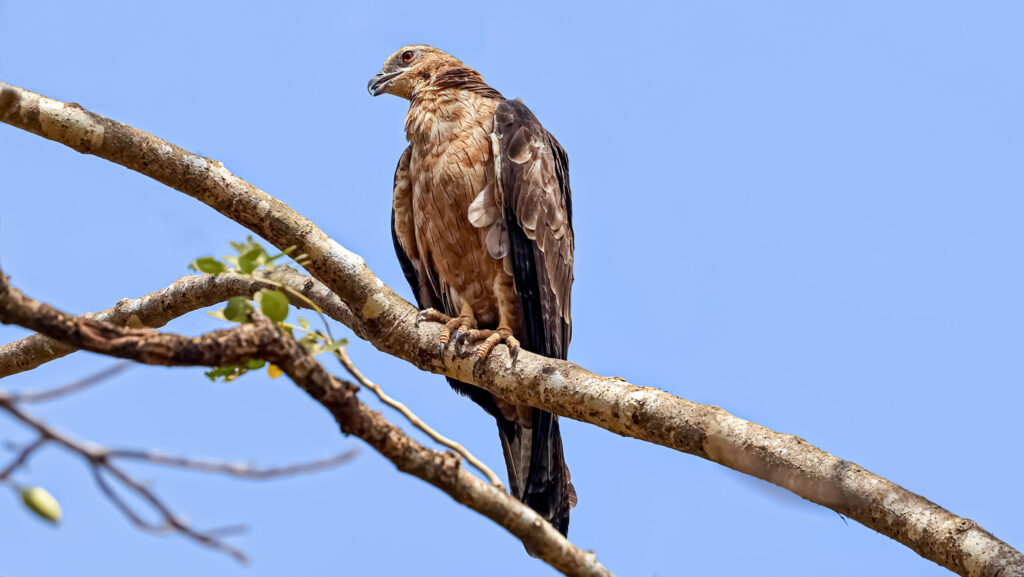
The Crested Honey Buzzard (Pernis ptilorhynchus) represents one of the most specialized and least observed forest raptors across its range in Asia and parts of eastern Europe. Unlike most birds of prey that focus on mammalian or avian quarry, this unique raptor has evolved specialized adaptations for raiding the nests of bees and wasps, including scale-like feathers around its face that protect against stings and remarkably dexterous feet for extracting honeycomb. The bird’s plumage varies considerably between individuals, creating confusion even among experienced birders who might mistake it for other species. Honey buzzards typically remain hidden within the forest canopy, rarely soaring in open view except during migration, when they gather in impressive but brief concentrations at bottleneck crossing points. Their secretive behavior extends to nesting, with pairs establishing territories in remote forest sections and showing remarkable patience when approaching insect colonies—sometimes waiting hours for the right moment to raid a hive. Despite being widespread throughout parts of Asia, the Crested Honey Buzzard remains poorly studied compared to many other raptors, with aspects of its ecology still mysterious to ornithologists.
Philippine Eagle: Ghost of the Cloud Forests
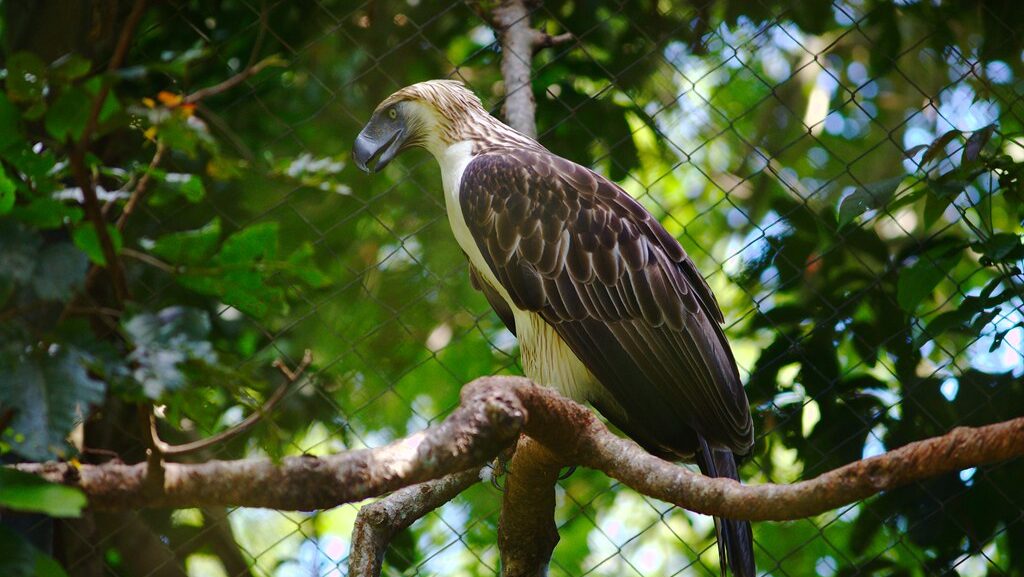
The Philippine Eagle (Pithecophaga jefferyi), sometimes called the Monkey-eating Eagle, represents one of the rarest and most critically endangered raptors on Earth, with fewer than 400 breeding pairs remaining in the wild. With its distinctive shaggy crest, massive blue-gray bill, and chocolate-brown wings spanning over seven feet, this eagle presents an imposing figure yet remains virtually invisible within its cloud forest habitat on just four Philippine islands. As the national bird of the Philippines, this apex predator hunts flying lemurs, palm civets, and other forest mammals with remarkable precision, using the dense forest canopy as cover for ambush attacks. Each breeding pair requires approximately 100 square kilometers of pristine rainforest, meaning sightings remain extraordinarily rare even for researchers dedicated to studying them. The eagle’s extreme territoriality and preference for undisturbed primary forest keeps them far from human settlement, while their low reproductive rate—laying just one egg every two years—makes population recovery painfully slow. Conservation efforts focus on habitat protection and captive breeding programs, while the majority of Filipinos have never seen their national bird outside of photographs or zoos.
Ridgway’s Hawk: Vanishing Island Predator
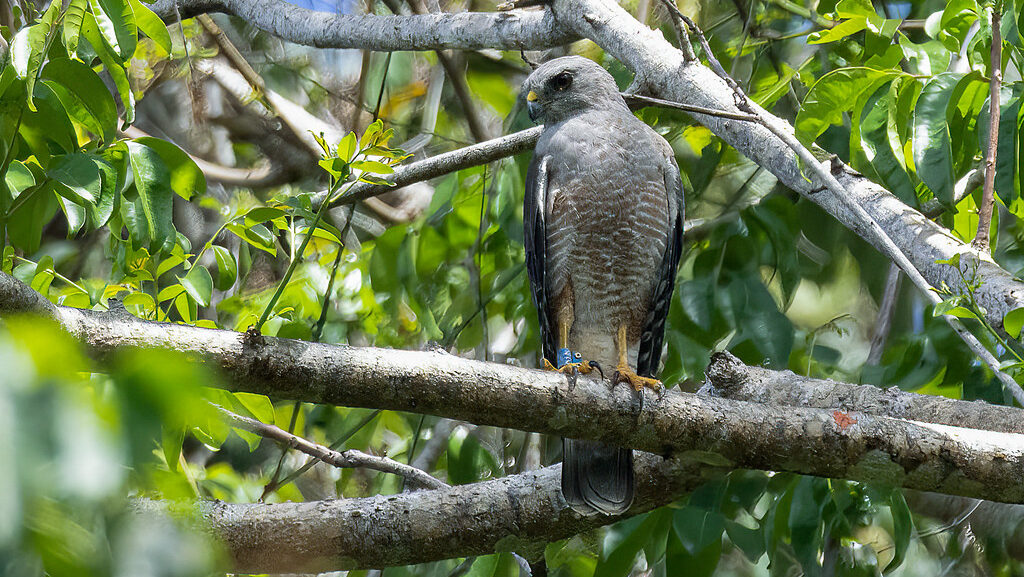
The Ridgway’s Hawk (Buteo ridgwayi) epitomizes the concept of a “ghost raptor”—critically endangered and restricted to a tiny range within the forests of the Dominican Republic on the island of Hispaniola. With fewer than 300 individuals remaining in the wild, this medium-sized hawk with distinctive black-and-white barred underparts and rufous shoulders conducts its life largely unseen by human observers despite intensive conservation efforts. Researchers note that the species shows remarkable adaptability within its limited range, hunting everything from lizards and snakes to small mammals and birds within both lowland and mountain forests. The hawk faces multiple threats including habitat loss, hunting, and electrocution on power lines, but perhaps most significantly, an introduced parasitic fly (Philornis) that infests nestlings and has dramatically reduced breeding success. Conservation teams now treat nests with insecticides and have established a reintroduction program in protected areas, though most visitors to the Dominican Republic never realize this rare endemic raptor exists in the forests they visit. The hawk’s relatively small size for a Buteo and its preference for hunting beneath the forest canopy rather than soaring above it further contributes to its phantom-like status.
Specialized Adaptations for Forest Hunting
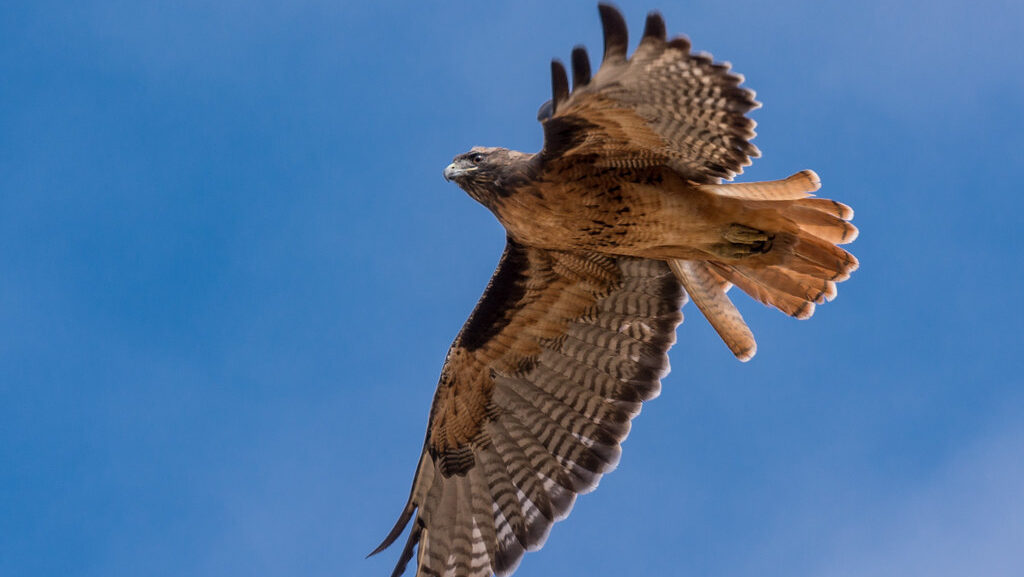
Forest raptors have evolved remarkable physical adaptations that distinguish them from their open-country relatives, allowing them to navigate and hunt effectively within dense woodland environments. Perhaps most notable are their wing shapes—typically shorter and broader than those of soaring species like Red-tailed Hawks or eagles that hunt in open areas, providing the maneuverability necessary for quick turns between trees and rapid acceleration in pursuit of prey. Their tails tend to be proportionally longer, functioning as rudders and stabilizers during complex forest flight maneuvers. Many forest specialists also possess enhanced vision adaptations, with eyes that can quickly adjust between the dappled light and deep shadows characteristic of woodland environments. Their plumage often features cryptic patterning that breaks up their outline against varied forest backgrounds—barring or striping that creates effective camouflage whether perched or in flight. Some species, particularly those in tropical forests, have developed specialized hunting techniques like the sit-and-wait ambush strategy, remaining motionless for extended periods before striking with explosive speed at passing prey.
The Challenge of Detection: Why These Raptors Remain Unseen
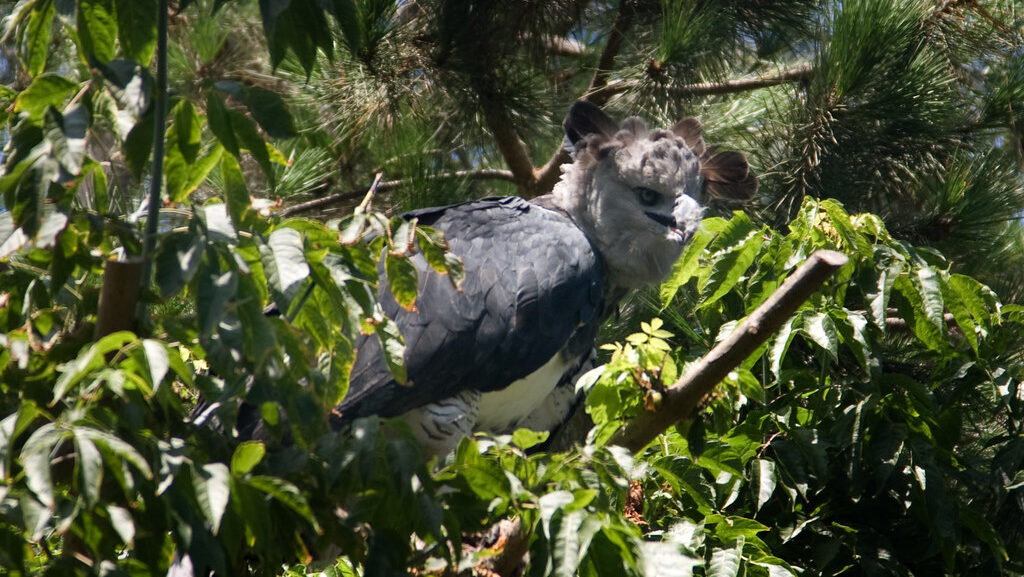
The extraordinary difficulty in observing forest raptors stems from a combination of biological, behavioral, and environmental factors that collectively render them nearly invisible to human observers. Unlike open-country raptors that can be spotted soaring against the sky, woodland species typically fly below the canopy, where their movements are obscured by countless branches, leaves, and shifting patterns of light and shadow. Many forest raptors deliberately avoid areas with human activity, retreating deeper into remote woodland sections where disturbance is minimal. Their population densities tend to be naturally lower than those of other bird species, with large territories that may span thousands of acres, meaning the statistical likelihood of an observer being in the right place at the right time is exceedingly low. Most species have evolved to be silent except during specific breeding activities, moving through the forest without vocalizations that might attract attention from potential prey or competitors. Adding to the challenge, many forest raptors remain motionless for extended periods while hunting from concealed perches, their cryptic plumage blending seamlessly with bark, foliage, and dappled light.
The Ecological Role of Hidden Forest Hunters
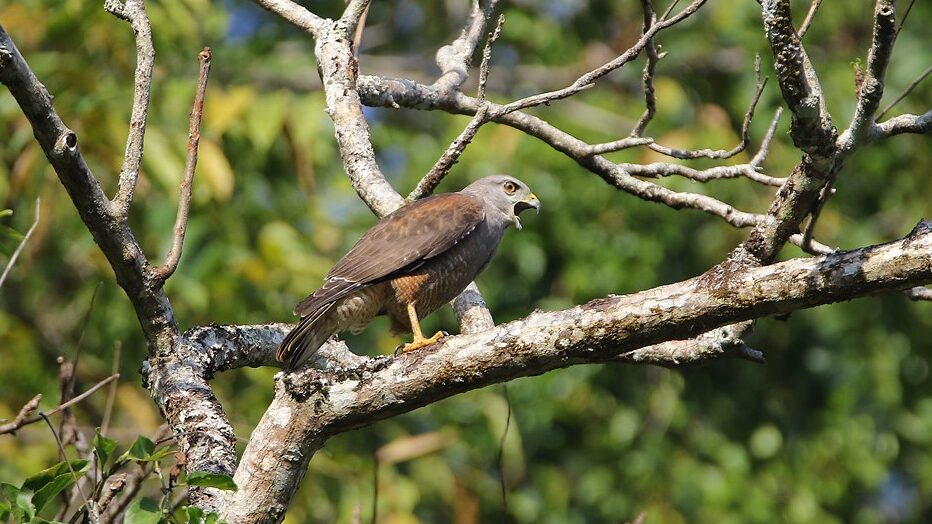
Despite their elusive nature, forest raptors exert profound ecological influence throughout woodland ecosystems, functioning as apex predators that help regulate population dynamics of numerous species. Their hunting pressure affects not just the abundance of prey species but also their behavior, causing potential prey to modify their activities, feeding patterns, and habitat use in ways that ripple through the entire food web. Many forest raptors target rodents and other small mammals that might otherwise experience population explosions, indirectly protecting forest vegetation from excessive herbivory and helping maintain plant diversity. Some specialists, like the Crested Honey Buzzard, play unexpected ecological roles by influencing insect colonies and potentially affecting forest pollination dynamics. The mere presence of these top predators in a forest ecosystem can trigger what ecologists call “landscapes of fear,” where prey species modify their behavior in ways that benefit forest health, such as moving more frequently (dispersing seeds in the process) or avoiding overgrazing specific areas. Research increasingly suggests that the loss of forest raptors can lead to ecological cascades with unpredictable consequences for forest biodiversity and resilience.
Conservation Challenges for the Forest Phantoms
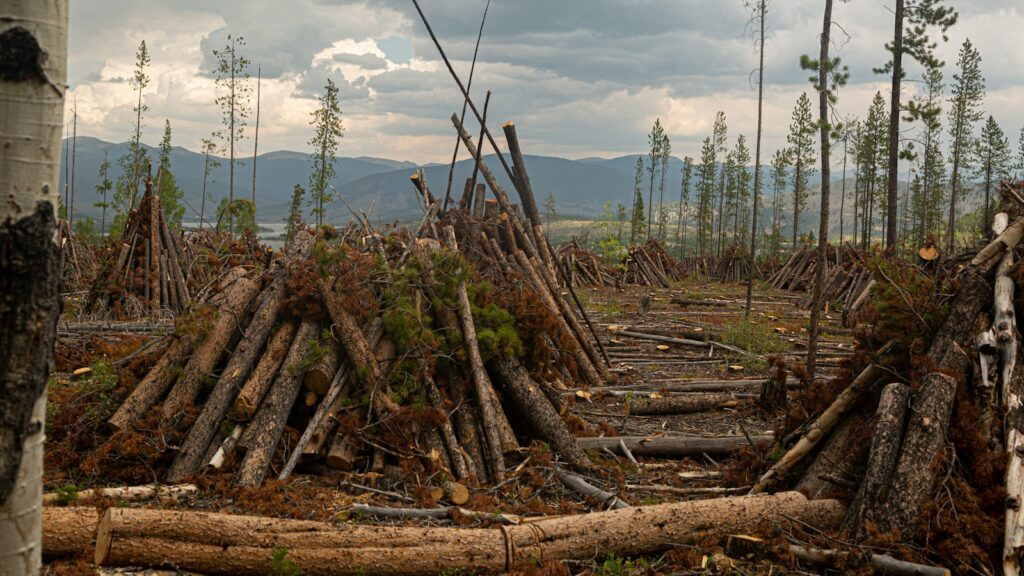
Forest raptors face mounting conservation challenges worldwide, with many species experiencing population declines that remain poorly documented precisely because of their secretive nature. Habitat loss represents the most significant threat, as old-growth and mature forests continue to be cleared for agriculture, development, and resource extraction, eliminating the complex forest structures these specialized hunters require. Climate change poses additional risks by altering forest composition, disrupting traditional prey availability patterns, and potentially increasing the frequency of devastating wildfires that can temporarily eliminate hunting territories. Many forest raptors face direct persecution through shooting and trapping, particularly in regions where they are perceived as threats to game species or domestic animals. Their typically slow reproductive rates—with many species producing just one or two young per year—means populations recover slowly from disturbances, while their specific habitat requirements make conservation through protected areas particularly challenging, as reserves must be sufficiently large to support viable populations. Perhaps most concerning, the very characteristics that make these birds difficult to observe also complicate conservation efforts, as population trends remain poorly understood for many species.
How Researchers Study Birds They Rarely See
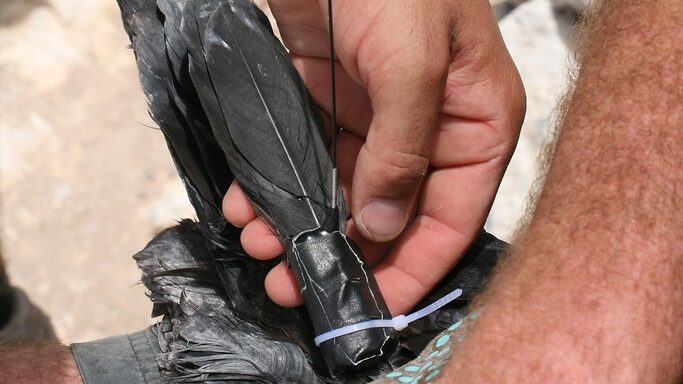
Scientists studying elusive forest raptors employ increasingly sophisticated methods to gather data on species that might reveal themselves only fleetingly during years of fieldwork. Traditional approaches include exhaustive nest searches during breeding seasons, when territorial behaviors and regular movements to and from nest sites make detection somewhat more likely. Advances in technology have revolutionized this challenging field, with motion-activated camera traps strategically placed near potential hunting perches or nest sites capturing images of birds that might otherwise go undetected. Radio and satellite telemetry have proven invaluable, allowing researchers to attach tiny transmitters to captured birds and subsequently track their movements through dense forest habitats, revealing previously unknown information about territory size, habitat preferences, and hunting patterns. Environmental DNA (eDNA) sampling represents one of the newest techniques, enabling scientists to detect genetic material shed by raptors into the environment—such as in feathers, feces, or even from cells left in water sources—confirming presence without visual observation. Acoustic monitoring using automated recording units can capture the distinctive calls and territorial vocalizations of certain species, documenting presence in areas where visual confirmation might require hundreds of hours of patient observation.
Historical and Cultural Significance
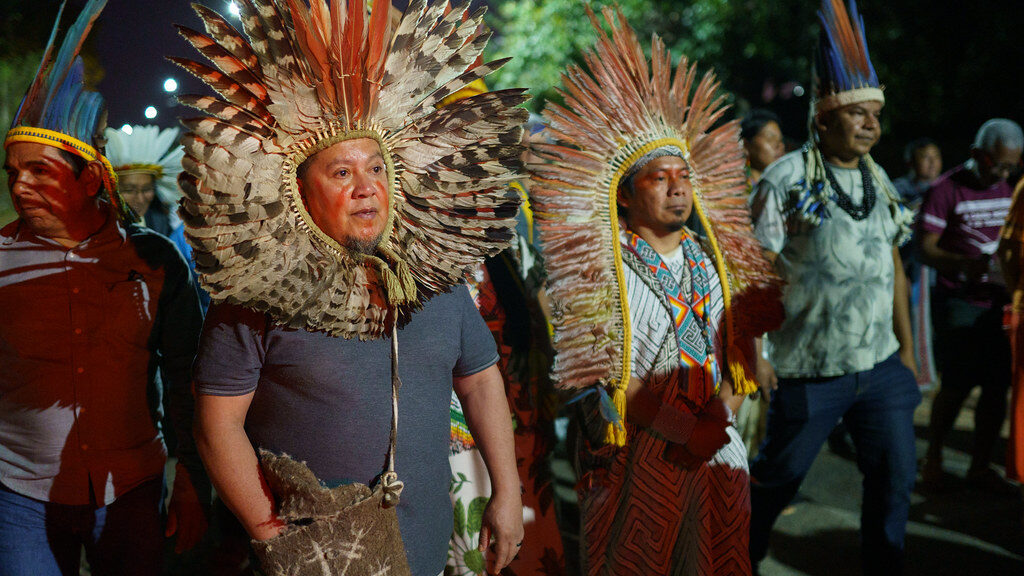
Throughout human history, forest raptors have occupied significant places in the cultural traditions and spiritual beliefs of peoples living alongside them, often gaining mythic status precisely because of their mysterious and seldom-seen nature. Indigenous communities across multiple continents have incorporated these powerful birds into their folklore, frequently associating them with supernatural abilities, transformation, or connection to spiritual realms. The Harpy Eagle features prominently in the mythology of several Amazonian cultures, symbolizing power and sometimes serving as a feared enforcer of natural laws. In parts of Asia, the Crested Honey Buzzard appears in traditional medicine and local legends about its apparent immunity to bee stings. The Philippine Eagle holds special status as both a national symbol and a creature of spiritual significance to indigenous groups like the Bagobo people, who traditionally believed the eagle embodied the spirits of ancestors. Even in contemporary Western cultures, rarely-seen forest raptors evoke fascination and wonder, becoming sought-after subjects for wildlife photographers and birders who might spend decades hoping for a single clear sighting. Their phantom-like existence continues to inspire art, literature, and conservation efforts worldwide.
Increasing Your Chances of Seeing Forest Raptors
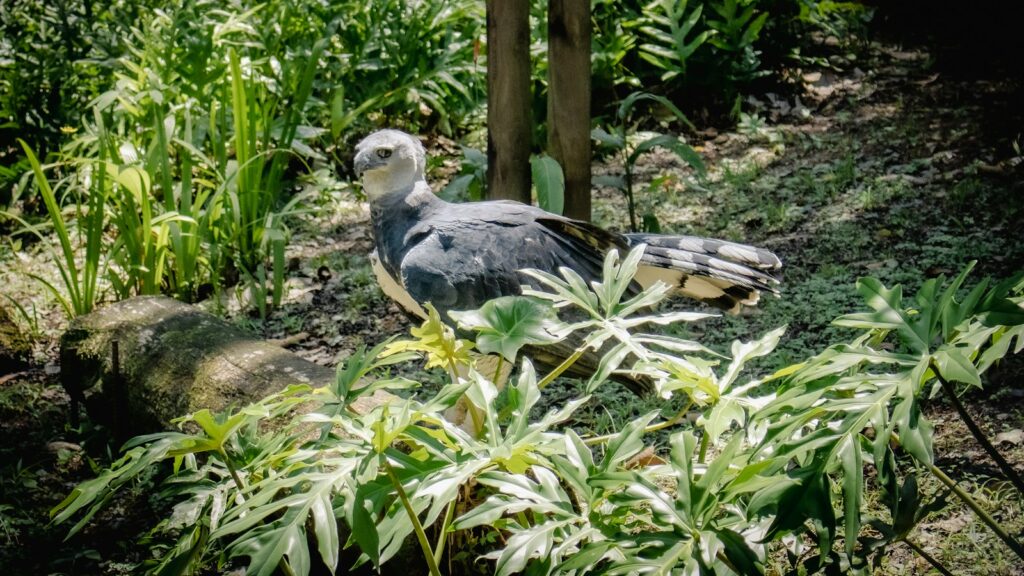
While forest raptors remain among the most challenging birds to observe, certain strategies can improve the odds for dedicated wildlife enthusiasts hoping for a glimpse of these secretive predators. Timing represents perhaps the most critical factor, with early morning hours typically offering the best opportunities as hunting activity peaks and territorial displays may occur before human activity increases in natural areas. Location selection requires research and patience, focusing on protected mature forests with known raptor populations, particularly near forest edges or gaps where birds might be more visible while still within their comfort zone. Consulting with local birding groups or hiring experienced guides familiar with specific territories can dramatically increase success rates, as these individuals often monitor known nesting locations and understand the subtle signs indicating a raptor’s presence. Learning to recognize the distinct calls, alarm notes, and territorial vocalizations of target species provides alert observers with auditory clues that may precede a visual sighting. Perhaps most importantly, developing field craft skills—moving quietly, wearing natural colors, minimizing sudden movements, and practicing infinite patience—creates conditions where these sensitive birds might continue their activities without feeling threatened by human presence.
Conclusion: The Unseen Guardians of Our Forests

The five remarkable forest raptors explored in this article represent just a fraction of the secretive aerial predators that patrol woodlands worldwide, conducting their lives largely beyond human awareness. Their elusive nature, while frustrating to those who wish to observe them, forms an essential component of their evolutionary success as woodland hunters. As forests face unprecedented pressures from human activities and climate change, these phantom predators serve as indicators of ecosystem health—their continued presence suggesting functioning, intact woodland communities. Conservation efforts targeting these species inevitably benefit countless other forest organisms that share their habitat requirements. Though we may rarely witness their power and grace directly, forest raptors remain essential architects of woodland ecology, shaping prey behavior, controlling population dynamics, and maintaining the complex balance of interactions that define healthy forests. Perhaps there is something profoundly valuable in knowing these magnificent birds move through the canopy above us, even if we catch only occasional glimpses of their passage—a reminder that nature’s most remarkable spectacles often unfold beyond our immediate perception, requiring not just our protection but our respect for lives conducted largely in secret.
